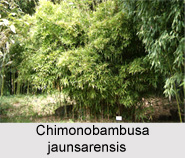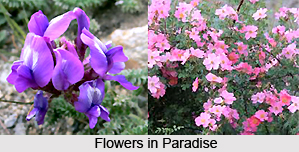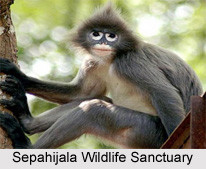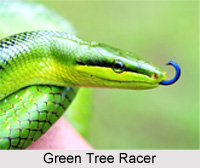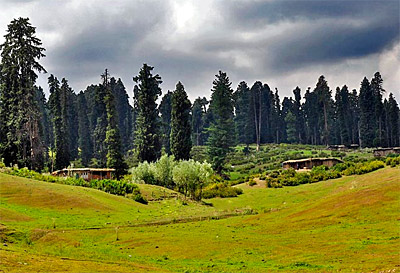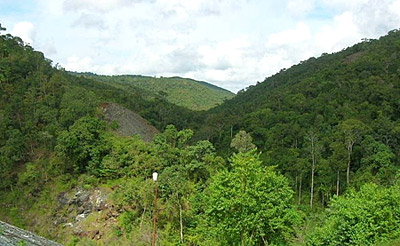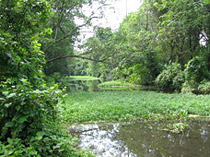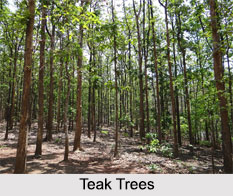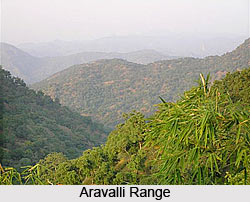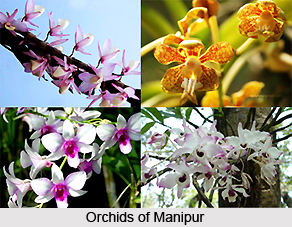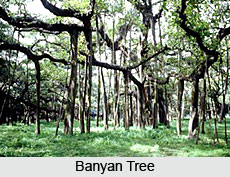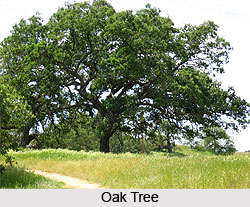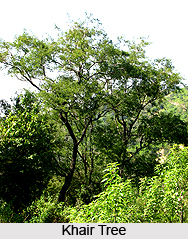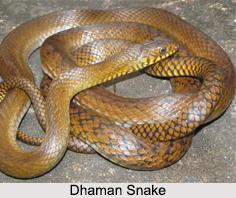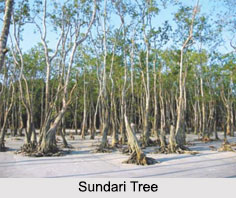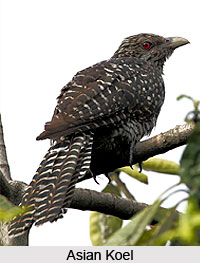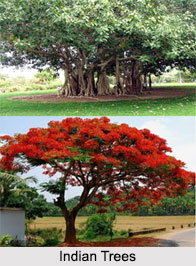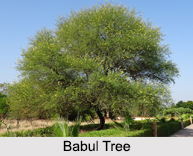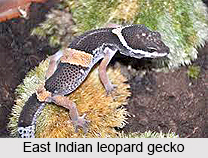 East Indian Leopard Gecko, which is commonly known as the East Indian Leopard Gecko or Hardwicke`s Gecko is a species of Gecko endemic to Indian states and Bangladesh.
East Indian Leopard Gecko, which is commonly known as the East Indian Leopard Gecko or Hardwicke`s Gecko is a species of Gecko endemic to Indian states and Bangladesh.
Structure of East Indian Leopard Gecko
East Indian Leopard Gecko has the stout body; the limbs are rather short; digits short. It has a snout as long as distance between orbit and ear-opening; the latter large, suboval, vertical. Head covered-with irregular polygonal scales, intermixed with enlarged tubercles on the temple and occiput; rostral sub-pentagonal, twice as broad as high, with, median cleft above; 3 or 4 internasals; about 10 upper and as many lower labials; mental broadly pentagonal, in contact with two enlarged chin-shields, surrounded by irregular smaller ones passing gradually into the flat granules of the gular region.
Body of East Indian Leopard Gecko
The body of East Indian Leopard Gecko covered above with small, irregular, flat scales, intermixed with numerous roundish, subconical tubercles; these tubercles are larger than the interspaces between them. Male with 14 to 18 preanal pores.
Tail of East Indian Leopard Gecko
The tail is swollen, rounded, tapering at the end, vermiculated above with small flat scales and rows of enlarged sub-corneal tubercles beneath with larger flat scales arranged regularly. Above reddish brown and cream-coloured; the former colour occupies the head and forms two broad bands across the back, the anterior broadest, and three round the tail; the latter borders the upper lip and extends as a horseshoe-shaped band to the other side, passing across the neck; it also occupies the interspace between the dorsal and caudal brown bands, which are by far the widest and lower surfaces are white.
Upper Part of East Indian Leopard Gecko
The upper part of the head of East Indian Leopard Gecko from the nose to the nape, two very broad bands across the trunk, and three or four rings round the tail are deep brown or black, the brown portions being edged with black, and broader than the ground-colour.
Limbs of East Indian Leopard Gecko
The limbs are reddish olive, with black dots on the elbows and knees. There are ten upper and lower labials; two chin-shields larger than the first lower labial. The scales of the middle of the belly form thirty longitudinal series; seventeen pores in an angular series in the pre-anal region.
Stomach of East Indian leopard gecko
The stomach contents of a male East Indian Leopard Gecko has the palm civet, Paradoxurus Hermaphroditus caught from the wild at Tikerpada contained, with seven other items of foraged food, a piece of 5 cm long body part of Eublepharis hardwickii.
Concentration of East Indian Leopard Gecko
East Indian Leopard Gecko is concentrated in Eastern parts of India, especially in the Eastern Ghats Mountain Range in India and the Anaimalai Hills, Odisha, and in other countries like Bangladesh (Chittagong, Penang), Myanmar, Bhutan and Nepal.
